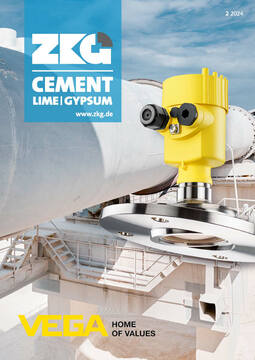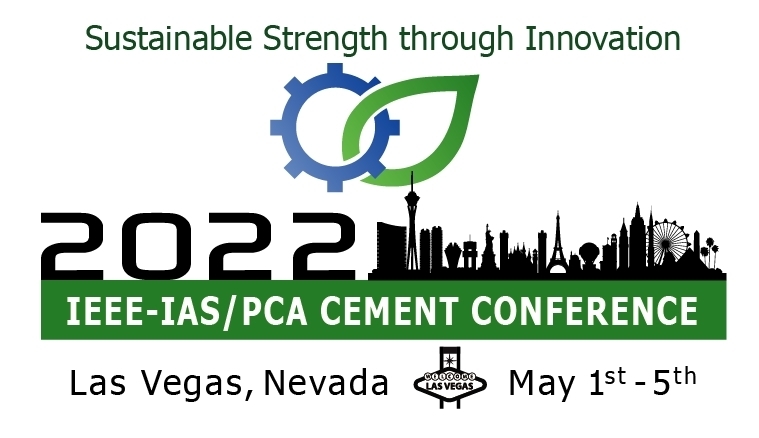And Yet It Moves…
The cement community is gathering at the IEEE-IAS-PCA conference in Denver in April/May to discuss the latest trends and market developments. Just like in the other regions of the world digitalization and decarbonization will surely be the dominant topics for the American market as well. While the do’s and don’ts for digitalization are surely identical for the American cement producers and their international counterparts, the pathways towards decarbonization still look a bit different in Northern America compared to the rest of the world. Why that? Because of the different cement quality standardization. All over the world the quality of cement is being standardized along the recipe and not according to strength and performance. For the American market, the permission to add up to 15% limestone into what is now called a “Portland Limestone Cement” has created a huge wave of adaptations of cement plants to be ready to add more limestone into their product. All of a sudden, the carbon footprint of cement can be reduced by conceivable 10-15% without losing much on the cement performance. The concrete performance in the end will not be affected by this limestone addition at all – if other concrete quality influencing factors are being controlled.
What do we learn from this huge “PLC-wave”? First of all, that it is well possible to harvest the low hanging fruits on our way to decarbonization. Compared to other pathways to decarbonization, PLC is easy and fast to implement. Secondly, the standardization for cement qualities should be referring to the cement performance rather than to its formulation. This will be especially important when the cement world is moving towards even bigger changes in cement formulation like LC3 and even geo-polymers.
Sincerely yours
Matthias Mersmann





